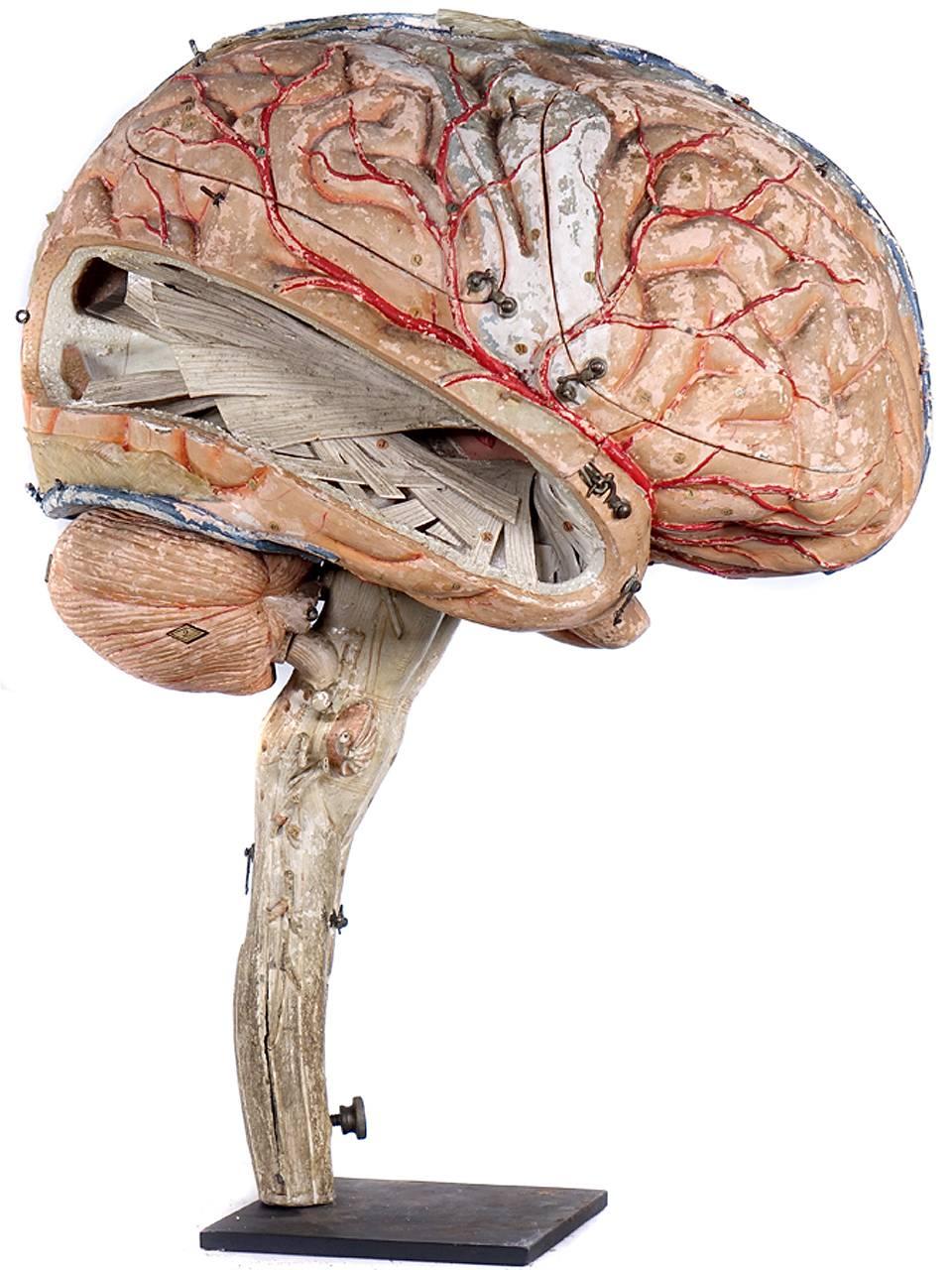


But the further I investigated the more it seemed that drawing, and drawing from life in particular, is inextricably linked with a certain form of self-help. What interested me was what life models themselves get from it. It’s an obvious point to make that creativity in any form can be therapeutic a way of quieting the mind, of silencing voices or releasing emotions. When I set out to write this piece, I wasn’t really interested in why people went to life drawing classes, or why people drew. “Whether you’re looking at Leonardo da Vinci or Stubbs, whether you’re drawing from life or from a cadaver, you’re not just making a physical investigation or an anatomical one – you’re looking at the very nature of who and what we are.” “Drawing is a tool of investigation – it isn’t just about making things to put on walls,” he says. Professor Stephen Farthing, Chair of Drawing at University of the Arts London, sees this release as a product of the reflective nature of life drawing, and how it forces a contemplation of both the physical body and of mortality. It’s like a valve – people feel pressure pressure pressure and then they come here and it goes ‘PFF!’ It’s a release. Some people who come here suffer from depression, or they’ve tried to commit suicide, or they’re trying to stop drinking or something.

You have to use the right side of your brain – the one that makes you chill. When you’re drawing from life you don’t have a choice but to forget everything else. “That’s why people come, to do something different and to relax. “It’s extremely therapeutic on many levels,” says Tony. These classes, Tony tells me, have always been popular, and always will be – they act as sort of therapy, one that established artists, students and east London mothers alike can indulgein without the fear of pills, or bringing up painful memories, or having to explain themselves to anyone. One buttock haphazardly flops over the seat, and the room feels toasty, like an old person’s house. Everyone is absorbed in their task, focussing on today’s model, Clifford, who sits motionless on a piece of foam covering a tatty chair surrounded by small, ancient electric heaters. It’s fairly busy, around ten people are sitting on old chairs while classical music plays from an iPad in the corner. Today, we’re stood in the hallway of a church hall in Bethnal Green, east London, while a class goes on through the door.

I’m talking with Tony Pianco, the founder of the Life Drawing Society, a London-based network that organises life drawing classes. People miss hugs, they miss their parents, they miss the human body. In a life drawing class, there’s no direct physical contact, but there’s contact with other humans.


 0 kommentar(er)
0 kommentar(er)
